Rug Guide
When it comes to the purchase, use and maintenance of natural or synthetic fiber rugs, we know the depth of variety in options and procedures can be a bit overwhelming. Being that we are rug cleaning professionals, we have quite extensive knowledge and experience involving all aspects of rugs. Your in home rugs can come in a variety of shapes and sizes, can be crafted using a few different methods, can be made of various fiber types and can come from anywhere in the world. In home area rugs have an extensive history and have been around for a very long time. There is a lot that goes into the production of area rugs and as professionals in the industry, we appreciate the extensive processes involved.
In home area rugs have become a common staple in residential homes as well as commercial business offices. A rug can represent your own personal ideal room setting. You can change the look of a room or space entirely simply by adding a rug. A bold colored rug can bring a particular feel or vibe to an existing area. A rug with detailed design can catch a visitor’s attention while strolling through the room. Some people purchase rugs simply to tie a room together, others view natural fiber, hand woven area rugs as pieces of art. It is not uncommon to see old, hand woven wool or silk rugs with intricate designs hung on walls in a home, displayed as art. A hand woven rug essentially is a unique piece of art. When a rug is hand woven, it is being specifically crafted by an individual who once completed, will begin another separate piece of rug art. Hand woven rugs can never be exactly duplicated. Even if a hand woven rug looks the same as another, there will be differences in each rug that make them individual from one another. A hand woven rug is a unique piece of functional art.
Our experienced, professional rug technicians tend to view most area rugs in the unique, artistic light. This viewpoint establishes a certain respect and appreciation for each rug we service. While a machine woven, synthetic rug typically would be one that is mass produced and not have much uniqueness about it, we still understand the generations of rug work that led to a point in which these beautiful, useful floor coverings can be produced so efficiently at low costs. Synthetic rugs seem to be quite popular these days due to their availability, durability and cost. Natural fiber rugs tend to be quite a bit more expensive than synthetic rugs. The most commonly used natural fiber, wool, is more durable than you would think, but it is not able to withstand the vigorous cleaning methods that most synthetic fibers can stand up to. Below we will be providing some rug information that we think will be helpful to our customers in a few different ways.
Synthetic Rugs
 Synthetic rugs are typically machine woven and use man-made materials that are purposely crafted to imitate the look and feel of natural fibers such as Silk and Wool. These types of rugs are extremely durable as they are great at resisting stains and hold up great against normal wear and tear. They are great for use in high-traffic areas such as in-home living rooms or office reception areas. Synthetics are colored during the process of fiber crafting, which makes them extremely colorfast. These well-colored rugs are great for changing the appearance of a room to fit the season at hand.
Synthetic rugs are typically machine woven and use man-made materials that are purposely crafted to imitate the look and feel of natural fibers such as Silk and Wool. These types of rugs are extremely durable as they are great at resisting stains and hold up great against normal wear and tear. They are great for use in high-traffic areas such as in-home living rooms or office reception areas. Synthetics are colored during the process of fiber crafting, which makes them extremely colorfast. These well-colored rugs are great for changing the appearance of a room to fit the season at hand.
A synthetic rug can be crafted using a variety of synthetic materials. They can also be crafted in different weaves to fit varying needs. A machine-woven synthetic rug is typically one that is mass-produced and does not have much variation from rug to rug. The most notable difference that will be a part of machine weaving a synthetic rug is the tightness in the weave. A rug can be machine woven with the more common loose weave, which creates the softer feeling, fluffier rugs that are commonly used as in home floor coverings. Or, they can also be woven tightly to create a lower tighter pile for rugs that are more often used in exterior settings. These tightly woven synthetic rugs can give an exterior area, such as an entryway to a home a more appeasing look, while also being very durable. These tightly woven synthetic rugs are great for wiping shoes off before entering a home and typically can be cleaned simply by hosing them off.
These rugs are typically crafted by using fibers created with Nylon, Polyester, Acrylic, Olefin (Polypropylene), or a special blend of any of these materials. The recommended care procedures can be thorough and a bit more abrasive than natural fiber rugs, as the synthetics are built to withstand the more abrasive cleaning methods. In home synthetic rugs should be vacuumed regularly, a minimum of once per week. If there are any spills on the rug, clean them immediately using a blotting or dabbing method with a white cloth. Do not wipe, that can actually make matters worse. If needed, spot clean with a mild shampoo or soap. Synthetic rugs can still benefit greatly from regular professional washings. Whether it is an in home Hot Water Extraction cleaning, or a professional Immersion Washing in a proper facility. Rug pads are recommended for all in home area rugs, synthetic or natural. Outdoor synthetic rugs can typically be kept clean by regularly spraying them down with a hose.
Natural Rugs
 Natural fiber rugs can me machine woven or professionally crafted by hand. The construction of most natural fiber rugs can be put into four main categories. Machine Looming is the standard way of crafting a rug using a machine. It is an efficient and cost effective production method. Machine made rugs are mostly synthetics, but can occasionally be natural as well. Hand Looming is a method that is similar to machine looming, but it is different in that a professional is operating a loom by hand. It is essentially a way of hand weaving with great assistance by a loom. This method typically yields rugs with larger piles. Cotton Rag rugs and Wool Shag rugs are commonplace when using this production method. Each step of this weaving process is hand finished by a skilled professional rug weaver. The process of crafting a rug by Hand Tufting is a much more involved process that can take a professional weaver an extended period of time to complete. This method uses a fabric backing that is very tightly stretched out on a frame. A professional rug weaver will use a special tufting tool to pass yarn through the stretched backing. There will be a pattern pre drawn for the weaver to follow. This process creates both looped and cut piles for tight and loose rug surfaces. A tufted rug will have a latex backing glued on after the weaving process has been completed to help with overall stability. An older method that has stood the test of time and has been passed down through generations is Hand Knotting. This method of crafting is very detailed, intricate and takes much longer than the other methods discussed. When crafting a rug using the Hand Knotting method, a professional weaver wraps and knots yarn around each individual Warp thread. The yarn is then cut and tempered by hand to form a very firmly constructed, tightly knotted rug. This process takes an abundance of time and attention to detail, but yields some of the finest, most unique hand woven rugs.
Natural fiber rugs can me machine woven or professionally crafted by hand. The construction of most natural fiber rugs can be put into four main categories. Machine Looming is the standard way of crafting a rug using a machine. It is an efficient and cost effective production method. Machine made rugs are mostly synthetics, but can occasionally be natural as well. Hand Looming is a method that is similar to machine looming, but it is different in that a professional is operating a loom by hand. It is essentially a way of hand weaving with great assistance by a loom. This method typically yields rugs with larger piles. Cotton Rag rugs and Wool Shag rugs are commonplace when using this production method. Each step of this weaving process is hand finished by a skilled professional rug weaver. The process of crafting a rug by Hand Tufting is a much more involved process that can take a professional weaver an extended period of time to complete. This method uses a fabric backing that is very tightly stretched out on a frame. A professional rug weaver will use a special tufting tool to pass yarn through the stretched backing. There will be a pattern pre drawn for the weaver to follow. This process creates both looped and cut piles for tight and loose rug surfaces. A tufted rug will have a latex backing glued on after the weaving process has been completed to help with overall stability. An older method that has stood the test of time and has been passed down through generations is Hand Knotting. This method of crafting is very detailed, intricate and takes much longer than the other methods discussed. When crafting a rug using the Hand Knotting method, a professional weaver wraps and knots yarn around each individual Warp thread. The yarn is then cut and tempered by hand to form a very firmly constructed, tightly knotted rug. This process takes an abundance of time and attention to detail, but yields some of the finest, most unique hand woven rugs.
 Specific care is needed to preserve the look and life of a Natural Fiber rug. Regularly vacuuming any in home natural fiber rugs is highly recommended. A regular vacuuming routine of the rug will help to prevent soil from compounding at the base of the rug, which can cause extensive damage over time. When soil builds up at the base of the rug over time, that soil can begin to harden as it is compacted and can actually sever the base of the individual wool or silk fibers. It is recommended to have your natural fiber rugs professionally cleaned every one to 3 years, depending on the individual circumstance. A professional immersion rug cleaning is important due to the effectiveness of the process as well as it being safe for the rug. An improper washing can cause a multitude of problems. Dye transfer, bleeding, shrinking, tears and mold/mildew can all be caused from having your natural fiber rug washed improperly. In a facility, a professional rug technician can dust the rug (removing much more loose debris than vacuuming), wash it using proper solutions and equipment and properly dry it completely with an extraction process then cool air movers. Complete drying is important in a natural rug as the base is typically tightly woven and if it remains damp for an extended period of time, it becomes a favored spot for mold, mildew or bugs. Be sure to have your natural fiber rug properly cleaned by a trained professional in a rug specific facility!
Specific care is needed to preserve the look and life of a Natural Fiber rug. Regularly vacuuming any in home natural fiber rugs is highly recommended. A regular vacuuming routine of the rug will help to prevent soil from compounding at the base of the rug, which can cause extensive damage over time. When soil builds up at the base of the rug over time, that soil can begin to harden as it is compacted and can actually sever the base of the individual wool or silk fibers. It is recommended to have your natural fiber rugs professionally cleaned every one to 3 years, depending on the individual circumstance. A professional immersion rug cleaning is important due to the effectiveness of the process as well as it being safe for the rug. An improper washing can cause a multitude of problems. Dye transfer, bleeding, shrinking, tears and mold/mildew can all be caused from having your natural fiber rug washed improperly. In a facility, a professional rug technician can dust the rug (removing much more loose debris than vacuuming), wash it using proper solutions and equipment and properly dry it completely with an extraction process then cool air movers. Complete drying is important in a natural rug as the base is typically tightly woven and if it remains damp for an extended period of time, it becomes a favored spot for mold, mildew or bugs. Be sure to have your natural fiber rug properly cleaned by a trained professional in a rug specific facility!
More Articles
Categories
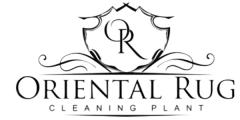
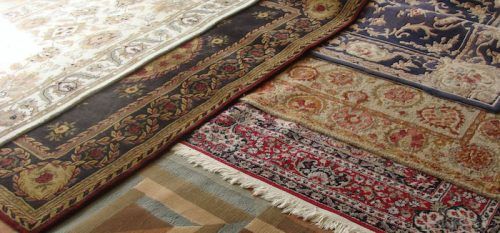
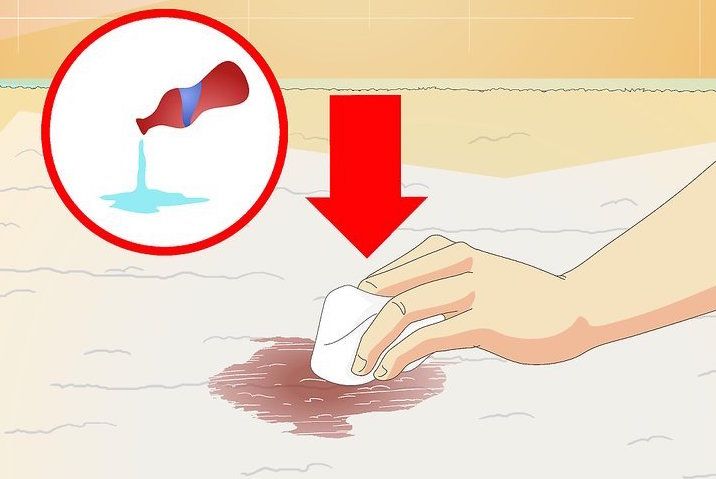
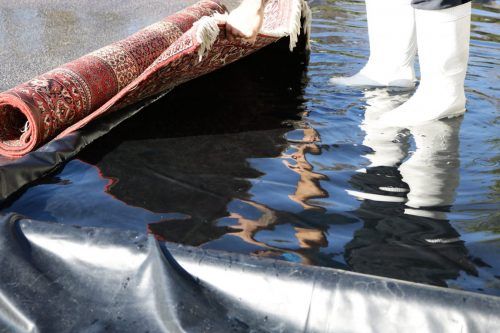
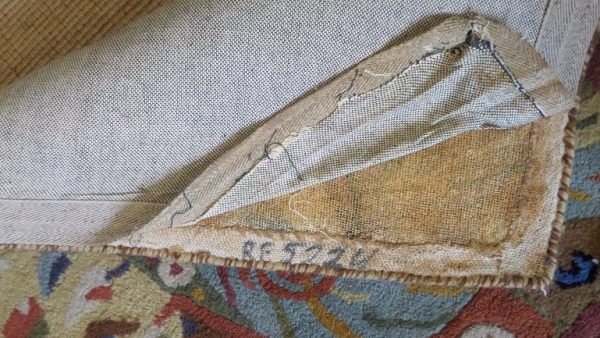

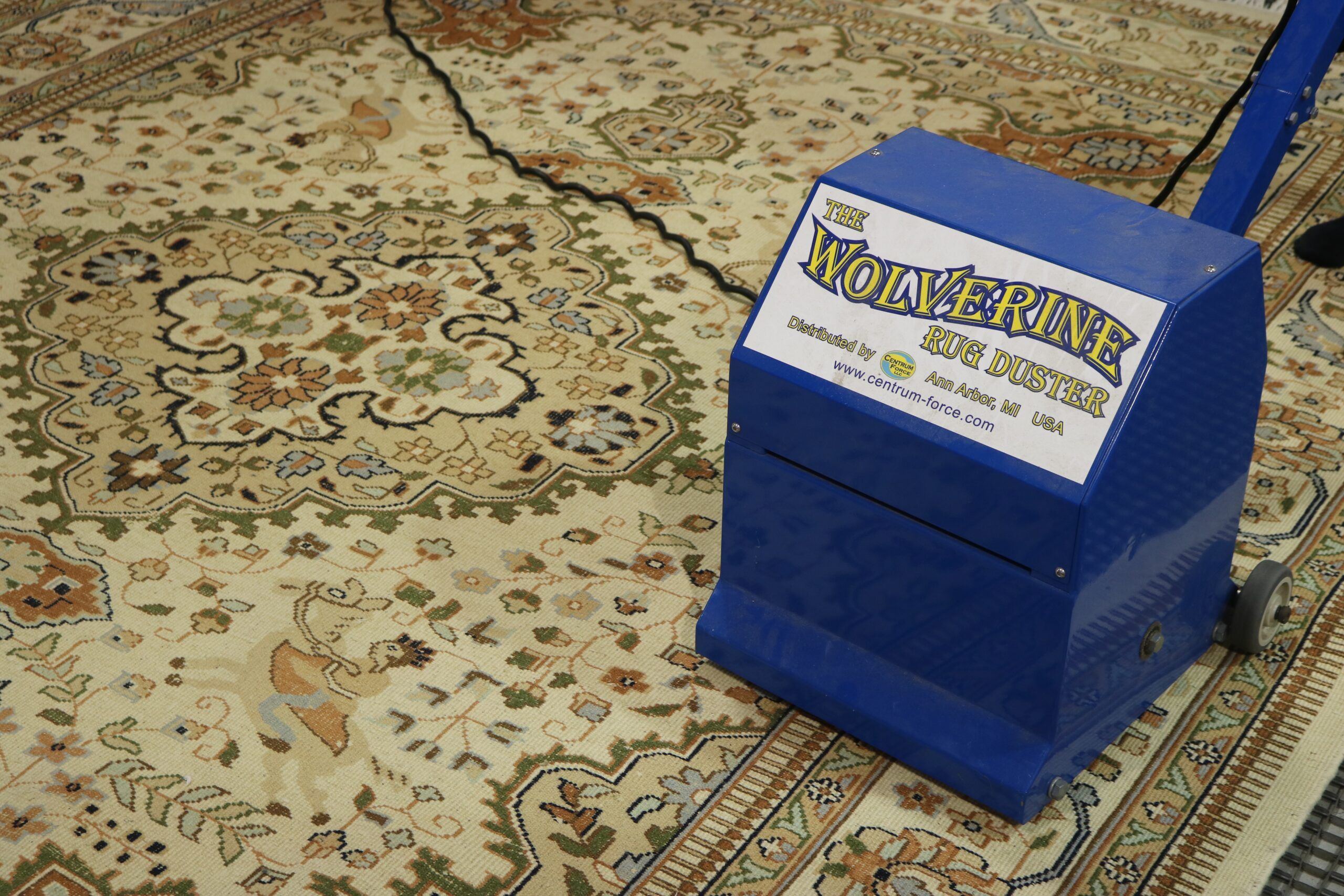
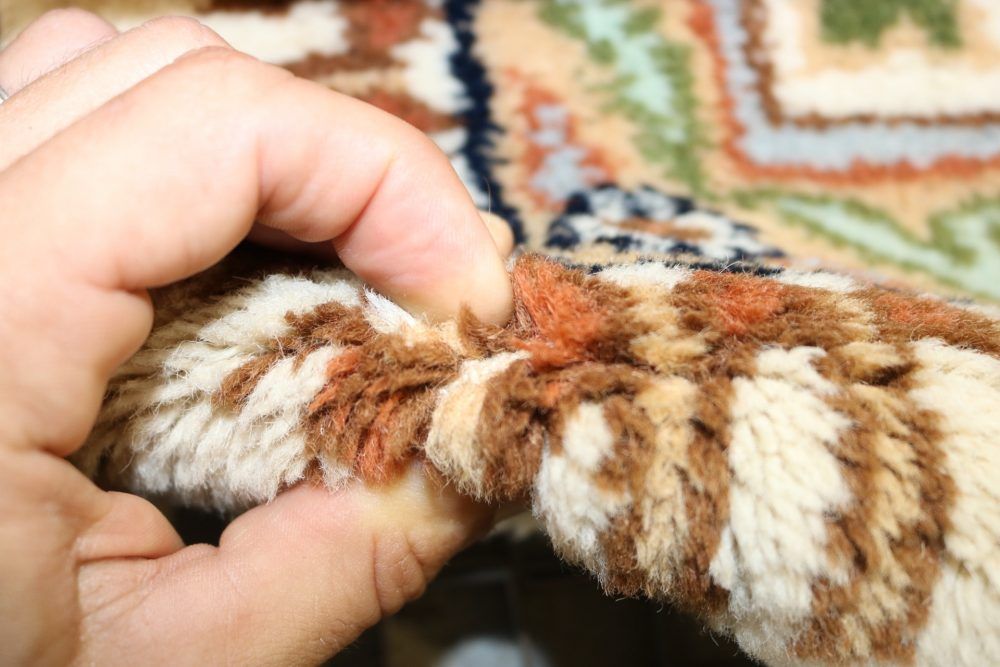
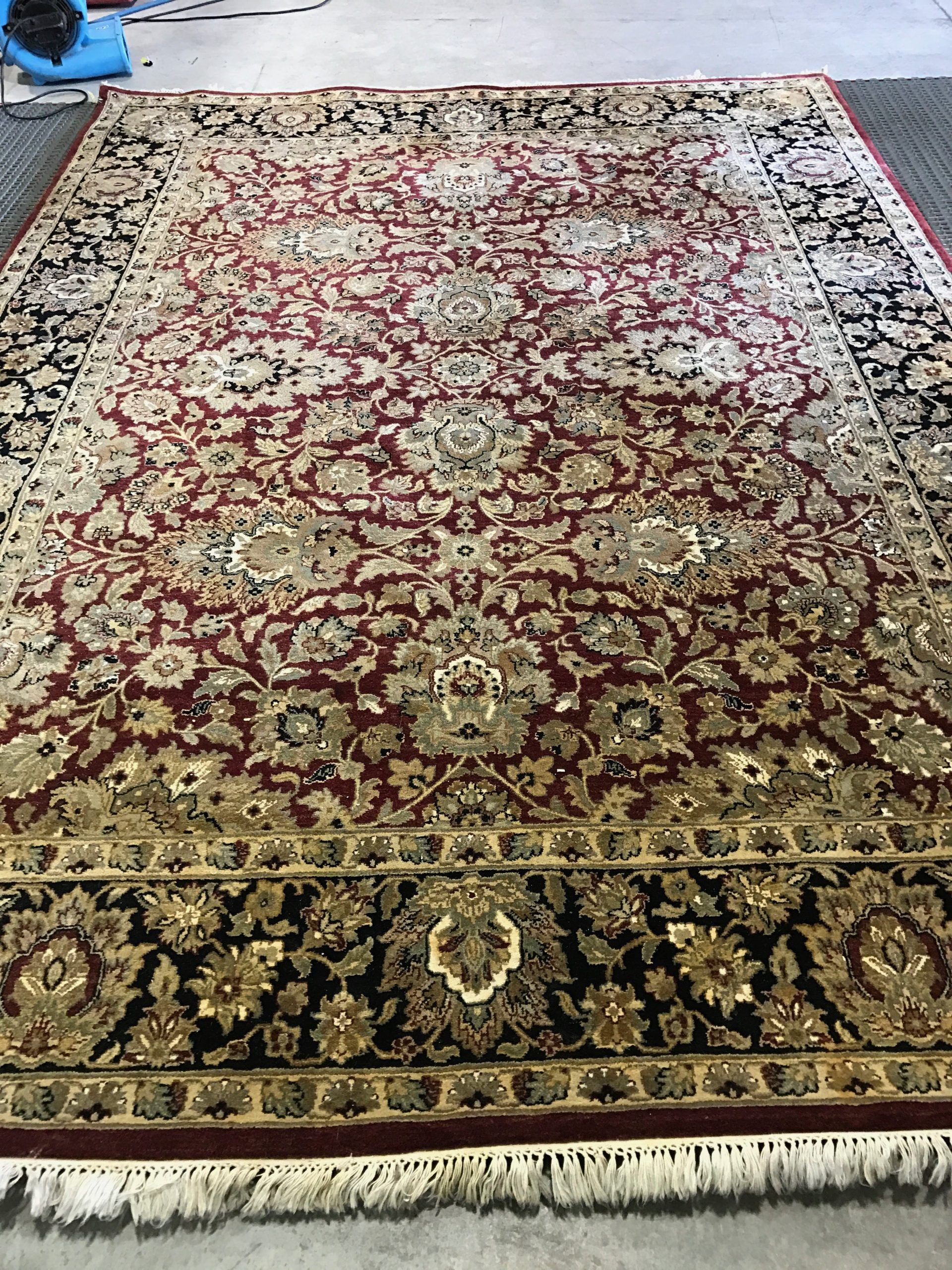
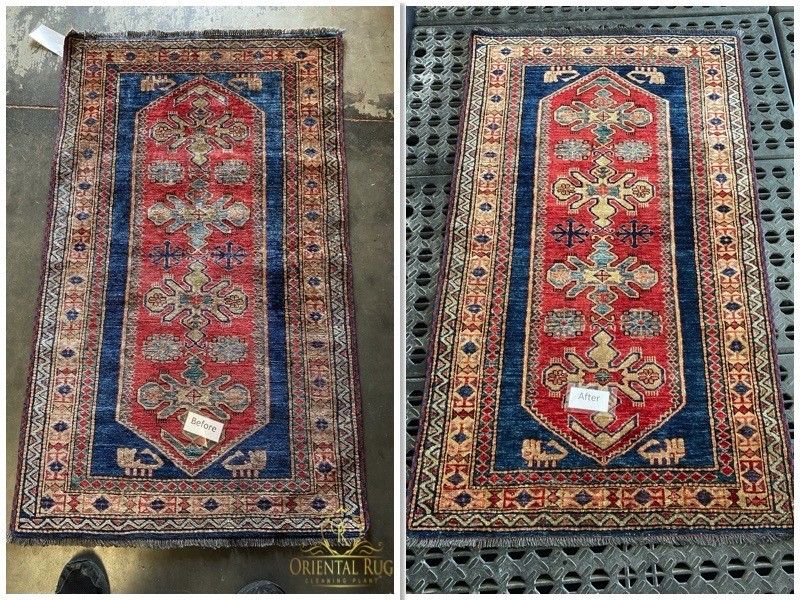
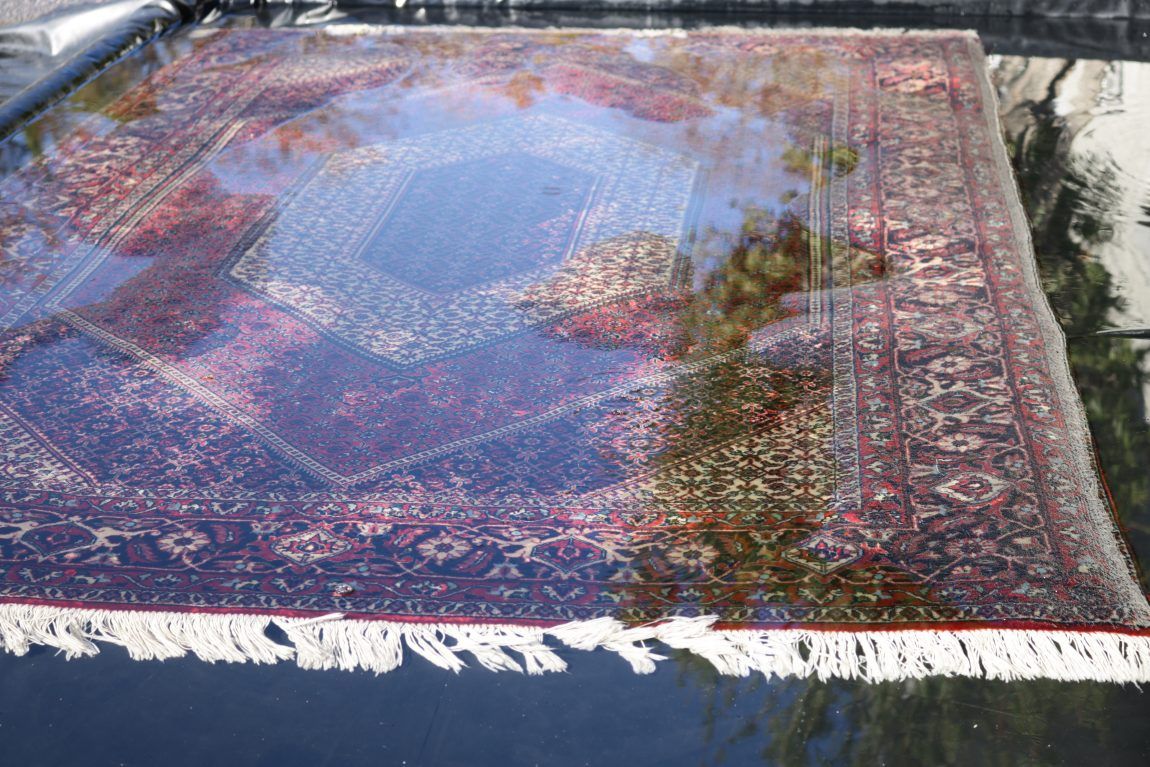
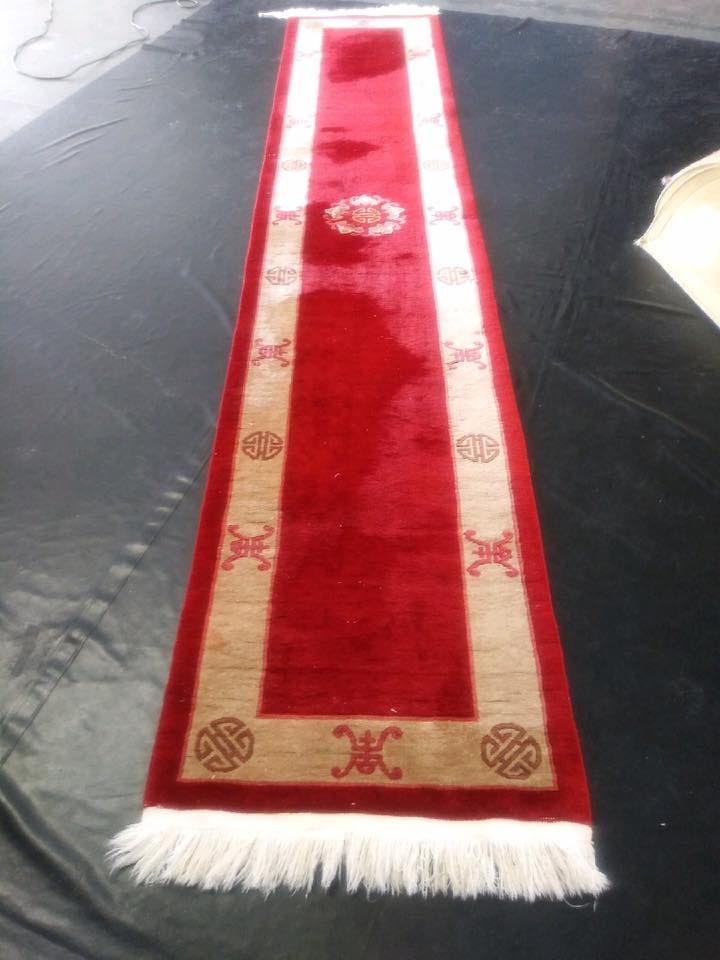
Leave a Reply